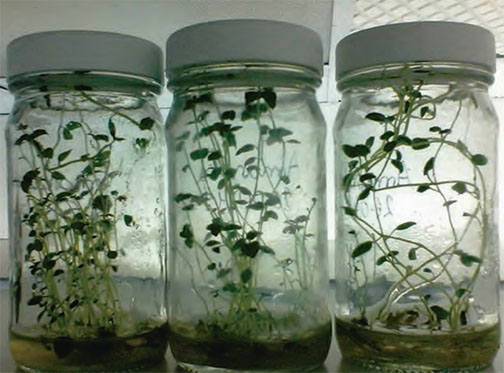Production of potato vitroplants in liquid culture medium under static system
Abstract
In the investigations that have been carried out in potato cultivation, seed production is an activity that requires an evolution towards more efficient and lower-cost techniques, the fundamental objective is to produce a planting material with varietal purity, proven phytosanitary quality, with resources and materials accessible in the country.
The term plant tissue culture refers to the in vitro culture of any living plant structure, be it a cell, tissue or organ, under aseptic conditions (Mejía, 1988), in which the explant must be provided with an appropriate environment and an artificial growing medium that provides the necessary nutrients for the plant.
In Venezuela, in vitro tissue culture is an alternative for the commercial production of potato seed with high varietal purity and virus-free, but it is strongly limited by the high costs of reagents and the difficulty of obtaining them, especially those gelling agents, since most of the reagents and components used for the preparation of the medium are imported and represent between 70 and 90% of the costs of the culture medium (Prakash et al., 2004; Orellana, 1998).
In the Tissue Culture Laboratory of the Pueblo Hondo Local Station of the National Institute of Agricultural Research of the Táchira state (INIA), the production of potato vitroplants in liquid medium was evaluated, using the culture medium Murashige and Skoog (1962; MS ), in a static system (without agitation) in the multiplication and growth stages (culture medium 1), compared with the medium where SOLUB® 13-40-13 fertilizer was used, used in hydroponic irrigations (culture medium 2).
References
Wetherell, D. 1982. Introduction to in vitro propagation. Wayne N.J Avery publishing. 89 p.


